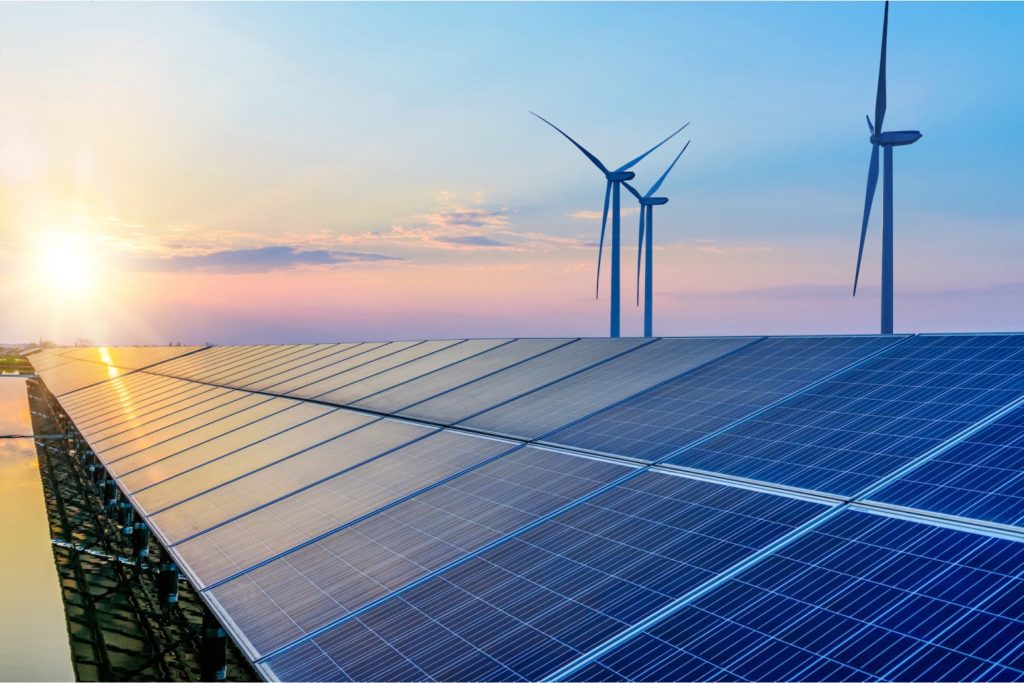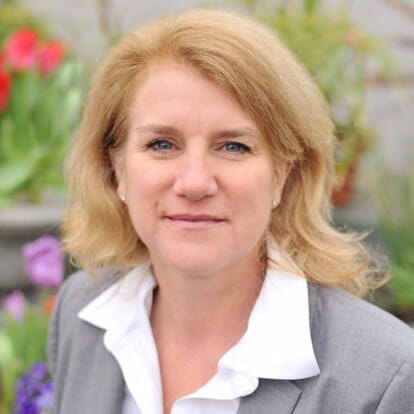

Offshore Wind: The Next Revolution of the Market in the U.S.
Medium Friday, June 11th 2021
We recently sat down (virtually) with Dynamo Energy Hub Member Carrie Cullen Hitt, Executive Director of National Offshore Wind R&D Consortium. We asked Carrie about NOWRDC, what problems they’re looking to solve, who they partner with, the current barriers seen in the way of offshore wind, and what their future looks like. Check out the interview below to learn more.
Tell me about your background and how you got involved with the Consortium?

I’m a long-time career person in the energy space, mostly on the electricity side. I started my career in England and had the opportunity to work on an energy study after university. I proceeded to have different roles in the Massachusetts legislature, involved in electricity restructuring, and I worked for public companies in the electricity industry, mostly in the unregulated side. This was a time when energy markets, both on the retail and wholesale were being deregulated and opened to competition. I worked both the policy and market development for companies looking to respond to new market opportunities. Subsequently, I worked in the solar industry where I ran a 501C3 nation trade association that worked on policy issues for the Solar Industry. After that, I went to Nextera Energy Resources, where I focused on renewables, battery storage and ultimately transmission. I gained and an appreciation for infrastructure. Now, I am working at Offshore Wind, which is really the next revolution of the market in the U.S.
What is the National Offshore Winds Research Consortium and what issues are you trying to solve?
We are a not-for-profit with a mission to accelerate offshore wind deployment in the U.S. by focusing on supply chain, innovation and lowering costs of energy for offshore wind. On a day-to-day basis we identify research projects across the U.S. that aim toward that mission. The goal is to share the innovation that is happening in those projects with industry as a whole and ultimately ensure that we have a functioning supply chain here in the U.S. and that we accelerate offshore wind deployment.
Who do you work with and who are your partners?
We work with the number of industry participants and key policy makers to execute on our strategy and our mission. Offshore wind developers are actively engaged in what we do. States also participate and help us think through what initiatives we should pursue. For example, should we focus on ports, vessels, anchors, or foundations? Or should there be floating or fixed foundations off the coast? Weave a number of researchers and academic institutions share their knowledge and how it links directly into industry. We provide an atmosphere for a healthy conversation about what research is really needed in the short and intermediate term to increase innovation and deployment.
Tell us about the current barriers that you see in the way of offshore wind.
There are always challenges to any newer resource development. A major challenge is that historically, we haven’t had a federal initiative or policy as a stage setter. That can be challenging for developers dealing with multiple entities at a federal level for permitting and leasing. Many states have really driven the demand, but from an industry perspective, that means you are dealing with multiple different institutions. The challenge is putting all those pieces together and having overarching goals. With the March 29 announcement by the Biden administration for 30 GW by 2030, the opportunity is immediate, real and significant.
Do you have any milestones from the past year that you’d like to share?
We started the year with major ambitions. From the Consortium perspective, our funding was already in place, and we were able to continue with our research agenda. We accomplished two major things. First, we managed to complete a number of contracts for research awards, which had already been made. Secondly, we received 110 proposals for research, which is a great success! We are now selecting those projects and making awards.
What are you most excited for in the coming year?
First is fulfilling propagated knowledge about the innovations of the projects we awarded. We are hosting a symposium again in November and look forward to featuring our project portfolio, as well as multi-sector keynote speakers. Second, it is to collaborate on key research challenges related such as ports, vessels, bridges, and transmission. In May, we launched a platform for states to convene on these topics. Our third area is increasing our activity in the innovation. We provide advice and consultation to green tech hubs throughout the U.S. Our goal is to bring in advice from the industry so that those smaller and/or innovative companies can design products that can be commercialized for the offshore wind industry.
What are some key trends in the energy space that you are watching?
First and foremost, the Biden administration. It holds a lot of promise in advancing green tech. We will also be watching what are the states are responding -are they continuing to move towards targets that are set and are critical to moving things forward? Then, seeing the financial markets respond to these opportunities with a level of seriousness, commitment, and investment. That is taking it to the next level. It’s that combination of high-level guidance or mandates from policymakers combined with the private sector and investor interest that move the ball forward. How all of these stakeholders address challenges with transmission/grid integration and supply chain will be key for offshore wind.
For media relations contact
Claudia Prandoni Marketing & Communications Manager